Bridging Distances, Boosting Connectivity: The Advantages of Remote Peering Through an Internet Exchange
Introduction:
In an era where the digital landscape transcends geographical boundaries, the concept of remote peering through an Internet Exchange (IX) has emerged as a transformative force. Remote peering enables networks to connect and exchange traffic without the need for a physical presence at the same exchange point. In this blog, we will delve into the myriad advantages of remote peering, shedding light on how it fosters efficient, cost-effective, and globally connected digital ecosystems.
- Global Reach and Interconnectedness: Remote peering opens the door to a global network ecosystem, allowing organizations to establish connections with peers across the world. Regardless of physical location, networks can seamlessly exchange traffic, fostering collaboration and interconnectedness on an international scale. This global reach is particularly beneficial for organizations seeking to expand their digital footprint and enhance their global presence.
- Cost-Effective Connectivity: One of the primary benefits of remote peering lies in its cost-effectiveness. Traditionally, establishing direct connections required physical presence at a specific exchange point, incurring associated costs such as travel, infrastructure, and operational expenses. Remote peering eliminates these barriers, allowing organizations to connect to exchanges from anywhere in the world, reducing costs and making high-quality peering accessible to a broader range of networks.
- Improved Network Performance and Reduced Latency: Remote peering contributes to improved network performance by allowing organizations to connect directly to Internet Exchanges from their preferred locations. This results in reduced latency and faster data transfer, enhancing the overall quality and responsiveness of digital services. With traffic taking the most direct route, end-users experience a more seamless and optimized digital experience.
- Enhanced Scalability and Flexibility: Remote peering offers enhanced scalability and flexibility for organizations with evolving network requirements. As traffic volumes increase, networks can scale their remote peering connections to meet growing demands without the constraints of physical limitations. This scalability ensures that organizations can adapt to changing needs and seamlessly integrate remote peering into their evolving network strategies.
- Streamlined Network Management: Remote peering simplifies network management by removing the need for physical presence at specific exchange points. Network administrators can manage peering connections and exchange traffic efficiently from a centralized location. This streamlined approach to network management reduces the complexity associated with maintaining a physical presence at multiple locations.
- Diverse Connectivity Options: Remote peering allows organizations to connect to multiple Internet Exchanges from different locations, providing diverse connectivity options. This diversity enhances network resilience by offering redundant connections, ensuring continuous operation even in the face of potential disruptions or outages.
- Global Business Continuity: For organizations with global operations, remote peering supports business continuity by providing a resilient and distributed network architecture. Connecting to Internet Exchanges remotely ensures that critical applications and services remain operational even in the event of localized issues or disruptions, enhancing the overall reliability of the network.
